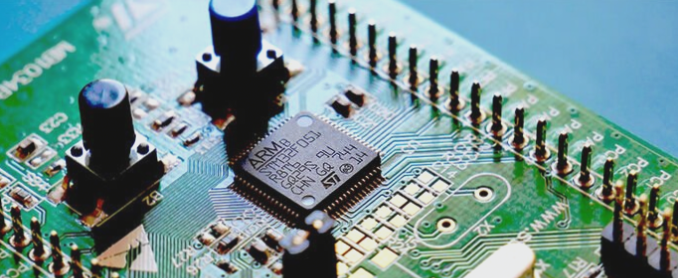2. If appropriate remedial measures are taken, unnecessary deplating and rework can be minimized.
3. In addition to polishing and repairing non-bright or burr plating, repair plating on areas difficult to polish or exposed to the substrate post-polishing is also a common method.
4. PCB nickel plating is prone to passivation, especially in air and alkaline solutions, so the key to successful re-plating on the nickel layer is activating its surface. Only when the nickel layer’s surface is well-activated can re-plating be effective.
5. For repair plating, different methods should be chosen based on the nature, shape, and requirements of the parts. For example, if acid copper plating is suitable, you can directly plate copper or nickel for repair plating when the substrate is not exposed to iron after surface activation. If acid copper plating is unsuitable or the substrate is exposed to iron, repair plating should proceed directly with nickel after activating the PCB surface.

The specific method is as follows: Dechrome the chrome-plated PCB parts and remove the blistered and skinned areas of the PCB plating. Based on the specific conditions of the parts, the following selection methods are recommended:
(1) For copper and nickel replating: degreasing (preferably chemical method) – cleaning – water rinsing – brushing (for large parts) – concentrated hydrochloric acid activation – cleaning – dilute sulfuric acid etching – acid copper plating – cleaning – dilute sulfuric acid etching – nickel plating – cleaning – chrome plating – cleaning (recycling) – drying – sending for inspection.
(2) For nickel plating: degreasing (preferably chemical method) – cleaning – water polishing (for large parts) – concentrated hydrochloric acid activation – cleaning – nickel plating – cleaning – chrome plating – cleaning (recycling) – drying – submitting for inspection.
(3) The electro-polishing activation method can also yield better results. Recipe and process parameters for the electro-polishing activation method are as follows:
Industrial sulfuric acid (density 1.849/mL), chromic anhydride 509/L, glycerin 509/L
Solution density 1.58–1.629/mL; temperature: room temperature
Anode current density 1–10A/dm²; time: 3–5s
Solution preparation: First, add 2/3 of the concentrated sulfuric acid (density 1.849/mL) into a lead (or ceramic, plastic) tank, then mix 509 glycerin per liter of sulfuric acid. In another tank, dissolve chromic acid (CrO₃) in a small amount of water, using 509 grams per liter of sulfuric acid. Slowly add the sulfuric acid-glycerin solution to the chromic acid solution in multiple stages, stirring vigorously after each addition. Be cautious as the solution will heat up and release gas. Ensure vigorous stirring after each addition until gas evolution stops. The final solution density should be 1.58–1.629/mL. Cool the solution to 30°C, use a lead plate as the cathode and a nickel plate as the anode, and conduct electrolysis. Maintain the electrolysis voltage at no less than 10V until the solution contains 109/L of nickel ions, generally taking about 25 minutes.
For the circuit board, the inferior copper, nickel, and chromium replating process includes: hanger cleaning, electropolishing activation, cleaning, dipping in dilute hydrochloric acid, cleaning, pre-plating, dipping in dilute sulfuric acid, cleaning, nickel plating, cleaning, hot water rinsing, drying, sending for inspection, cleaning, chrome plating, cleaning, hot water rinsing, drying, and sending for inspection.


